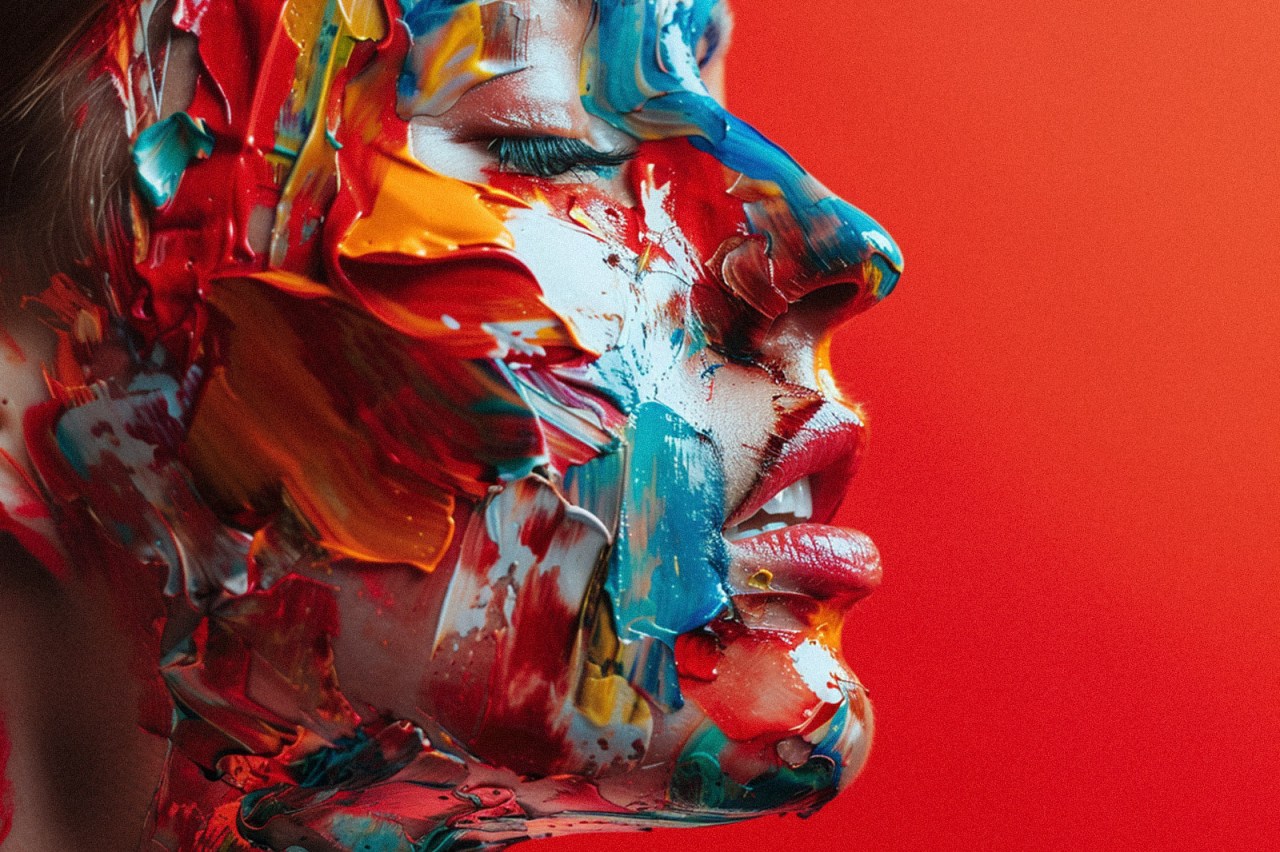
How 12 Obscure Colors Impact Your Zodiac Sign
Color is powerful. It evokes psychological, physiological, and behavioral responses: red has been known to increase aggression and arousal, for instance, while blue creates feelings of serenity and peace.
Generalized cultural associations about color are almost universal, and for those who are well versed in astrology, it is common knowledge that each of the four elements—earth, water, air, and fire—is represented by a specific color. Fire signs are typically advised that their “power color” is red, earth signs are encouraged to wear green, and so on.
To break it down further, each of the twelve zodiac signs is often assigned its own color. These correlations are based on the inherent qualities each sign is known for. But broad color associations might not speak to you, especially with so many brands using fairly generic color palettes to market to each of the twelve signs.
If you’re looking to incorporate more color into your life, consider one of these hyper-specific hues that is as unique as you are.
Aries
Coquelicot, an ancient French term meaning “wild corn poppy.” This bold shade is halfway between red and orange, containing zero blue tones on the color spectrum.
Taurus
Eau-de-Nil, French for “water of the Nile.” This serene pastel green is brighter than sage yet remarkably serene, evocative of Renaissance landscape paintings.
Gemini
Gingerline, a bright citrus orange-yellow. Inspired by the skin of ripe kumquats, this shade is loud, electric, and unforgettable.
Cancer
Glaucous, a soft gray-blue reminiscent of foggy days at sea. This term is also used to describe a powdery or waxy frosted coating, such as that found on grapes and plums.
Leo
Gamboge, an orange-yellow gum resin that is sourced from the bark of Chinese garcinia trees. It is used to dye the robes of Buddhist monks.
Virgo
Burlywood, a balanced earthy brown. Similar to khaki but with more grit, it is named for a type of sandy-colored wood that exists in nature.
Libra
Cerise, from the French word for “cherry.” It’s a perfectly feminine amalgamation of red and pink, similar to rose.
Scorpio
Falu, a dark crimson originating from the city of Falun in Sweden. It is commonly used to paint barns and cottages in the Scandinavian countryside.
Sagittarius
Zaffre, which rhymes with “sapphire.” It’s similarly pigmented, too—dark blue and commonly used to stain glass during the Victorian era.
Capricorn
Feldgrau, literally “field gray” in German. This shade of green was inspired by the uniforms of soldiers during World War II and has foggy grey undertones.
Aquarius
Nattier, an eccentric range of colors along the greenish-blue spectrum. They were popularized by Rococo artist Jean-Marc Nattier in the 1700s.
Pisces
Pervenche, the French word for “periwinkle.” The English language adopted this word in the 19th century to describe the specific blue-purple of these whimsical flowers.
